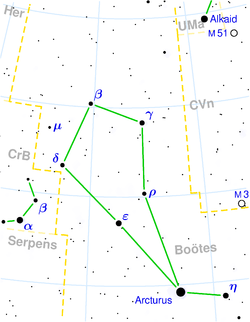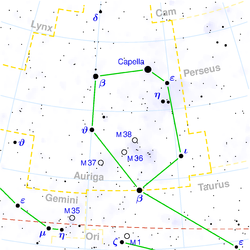After weeks of overcast, I couldn’t believe my eyes on the commute home yesterday. A clear blue sky with little to no haze and not a single cloud to be found. Waiting for the sun to set never seemed to take so long as it did last evening. I wasted some time with a quick grocery shopping run on my way home from the Hallmark parking lot. Terry made an awesome salad, which I ate as soon as I got home. He also planned to grill a couple of t-bones we’d purchased last month at the local farmers market in Leavenworth. Even though the charcoal fired up perfectly, the steaks disappointed. It’s been decades since either of us had such a grisly tough steak. We will NOT be purchasing any more meat from that particular local farmer.
I got caught up on Jeopardy and still had an hour to go before sunset. I fed the dogs, did some laundry and watched a rocket reality show hosted by Kari Byron on the Science channel. I ignored most of it (as I do most reality television) and Terry drifted off into his after-supper food coma. I started transferring telescope equipment from the basement to the backyard as soon as the sun set. I left the patio door open so Roxy and Apollo could come visit me if they wanted to. For the most part, they ran along the privacy fence, occasionally barking at evening strollers and/or their dogs.
Just as I attempted to do an easy alignment in the alt/az mounted mode for the ETX-90 and the Autostar, I realized I needed my cell phone for the time (because the Autostar asks for the date and time first when you turn it on). I ran back in the house and got my phone and saw my father had called while I was outside. I admit I was a bit distracted while talking (mostly listening) to him as I attempted to align the telescope. He asked me where Saturn was and I thought it was almost directly overhead. After I hung up, I realized that what I thought was Saturn was actually Arcturus (once I used the Big Dipper’s handle arc to find it among the constellations that I could barely see through the ambient Lansing light pollution). Once I confirmed via the telescope that bright fleck was indeed a star and not Saturn, I drove a ‘spike’ towards Spica and found Saturn in close proximity to another bright star in the constellation Virgo. Here’s what I saw last night facing south from my backyard (well, I saw some of this – except for the view blocked by my tall house, several very tall trees and an electric utility pole in the southwest corner of my yard).
I attempted several times to align the telescope but failed repeatedly (even the Autostar kept telling me I failed). I could not use Arcturus as one of the two alignment stars because it was so high in the sky I could not use the finder scope. I know, I know, I should have installed my new red-dot finder scope before the first clear night in weeks arrived. Coulda, woulda, shoulda. 😛
I found Saturn and rejoiced in the clear view of it’s rings, using the 26mm and 16mm eyepieces. However, because I couldn’t get the telescope aligned properly, the slewing couldn’t keep up and Saturn drifted out of the field of view rapidly. Then, Saturn drifted behind the electric utility pole and I needed to wait five or ten minutes for the Earth to rotate enough for it to pop out on the other side. My night vision had begun to settle in (since I’d been outside for thirty minutes or so) when my neighbor to the north decided to turn on very bright lights in her second story south facing bedroom, leaving the blinds open. So much light emanated from that room that I could read my star atlas without using my night vision preserving red flashlight. I could have screamed in frustration. What I should have done was grab my camera and take photographs of her through her window and post them in this blog. For crying out loud! Don’t people realize that when you leave your blinds open and turn on every light in the room, it’s like a stage to those outside?!?!? She’s lucky I exercised restraint and left the camera inside.

With my night vision ruined, Saturn still behind the utility pole and the dew rapidly drenching all the sensitive optics, I elected to teach myself a couple of constellations and their primary bright stars, hoping my neighbor would turn off her bedroom lights. Using my new Sky & Telescope Pocket Sky Atlas, I found the charts for May and June evenings and studied the constellations Virgo and Leo. I also refreshed my memory of Bootes and Gemini (which I could barely see sinking into the western horizon, basically just the two dominant stars representing the twins’ heads – Pollux and Castor). Saturn was close enough to Porrima (also known as gamma Virginis) to see it through my telescope eyepiece’s field of view at the same time I watched the ringed planet.
The constellation I spent the most time studying lies just to the west of Virgo and contains several bright stars easily visible in from my light polluted back yard.

Denebola and Regulus are both visible soon after the sun sets. I studied Leo for several minutes, fixing the alignment of its stars into the pattern shown above. I returned to Virgo, since Saturn is traversing through that constellation at the moment. The configuration represented in my star atlas differs from those I have found represented on the internet this morning:

After waiting more than fifteen minutes for my neighbor to turn off her bedroom lights, I gave up, packed up the telescope and transferred it and all it’s accessories back down into my basement. Rain and clouds are predicted for the next few days (of course) during the darkest phase of the moon. I could just cry.





 We observed
We observed